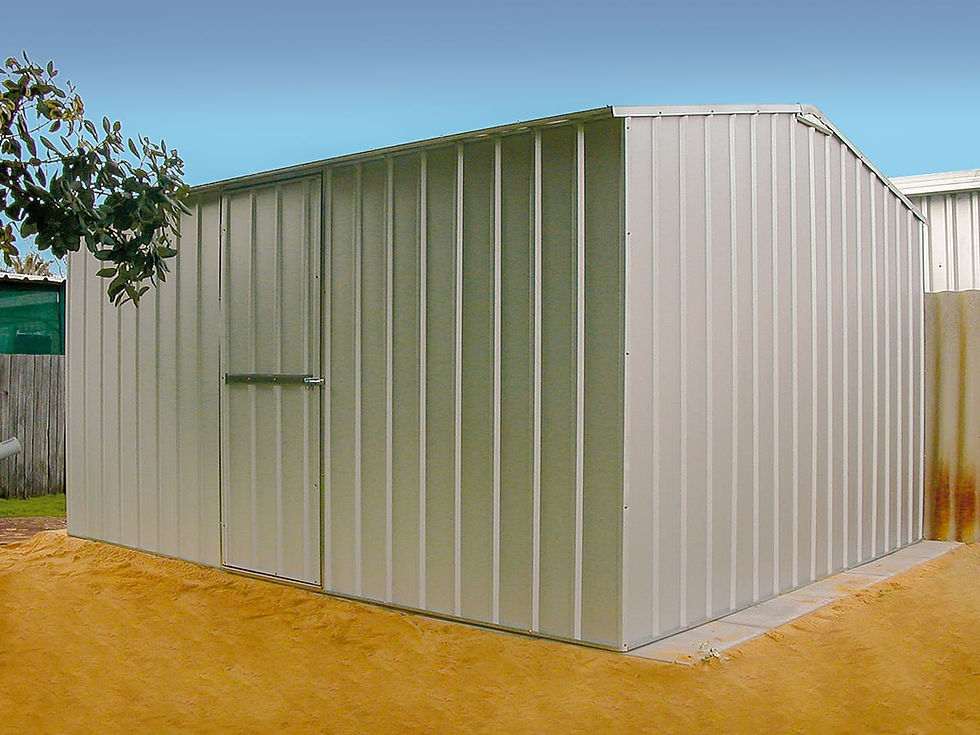Swimming Pool Leak Detection: How to go about it
- Kiera Peterson
- Jun 4, 2023
- 3 min read
Updated: Jan 10, 2024
Swimming pool leakage is a common problem faced by people all around the world. One can surely apply precaution by using the right quality of materials during construction, but sooner or later the leakage is bound to happen.
Typically, the concrete is a popular material to build your swimming pools with, as it is porous and have good water retention abilities. Then again the use of concrete as the best material is arguable. Marble and plaster are also the popular choices. No matter what the material is, one thing is common to all of them. At some point or the other they will all spring a leak!

More about pool leakage:
So, if water leakage is a part and parcel of owning swimming pools, then at what point is the leak considered unacceptable? Well, the problem is that by the time the leak can be effectively brought under control, the damage progresses to a point when immediate action is required to get things straight. Thus it is important that you regularly monitor and detect your swimming pools for leakage problems.
Firstly, it is necessary to establish a measure of leakage. Evaporation alone may account for most of the water loss occurring if your pool is subjected to heavy winds or you do not employ any protective covering systems. But if the pool loses water more rapidly when compared to the evaporation alone, you should not hesitate to deploy a series of leak detection tests.
Remember the rate at which water loss is occurring is the ultimate indication of the urgency of the leakage problem. If pool loses up to two and a half inches of water every week, the problem may get severe with time. On the other hand, water loss of two inches daily demands immediate plumbing and repair. Moreover, if your pool is located adjacent to any structure, the leakage can also wear them down. Thus it is important to monitor water loss on a regular basis.
Before you call for a swimming pool specialist or plumber, here are few ways in which you can diagnose the situation yourself:
In situations of extensive leakage, the problem generally lies in the plumbing area, rather than the pool construction factors, so check the plumbing facilities of your pool, such as the pipe valves, main water supply tank, filter and the heater.
Check the ground around the pool pipelines; if you find them damp and soggy at all times, you know leakage is looming nearby. If the problem lies in the pipes or pipe valves, you should listen for unusual water sounds such as ‘hiss; and ‘whoosh’.
With time, the material of your pool may get eroded and cracked. So you should check for such signs. If your pool is built of vinyl, this problem may erupt within a few years of usage.
Assess the water level of the pond till the skimmer point. You can measure this using a tape and grease marking pencil.
A simple way is to place a bucket filled with water, on the steps of the place. Mark the levels of water in the bucket or measure the volume. Let it stay for twenty four hours and then recheck the volume in the bucket. The levels should remain the same if leakage is not the cause.
When figure out that there is a leakage in your pool, the next step is to locate the source of the leakage. This is necessary so that you can better explain the situation to your plumber. Start off by a trial and error method. Turn off the filter and check to see if the leakage reduces.
These are the few ways in which you can employ the swimming pool detection. It’s always better to monitor your pool for leakages from time to time than act after it has already done a lot of damage. Moreover, Visit here and get more information about Swimming Pool Leak Detection.








Comments